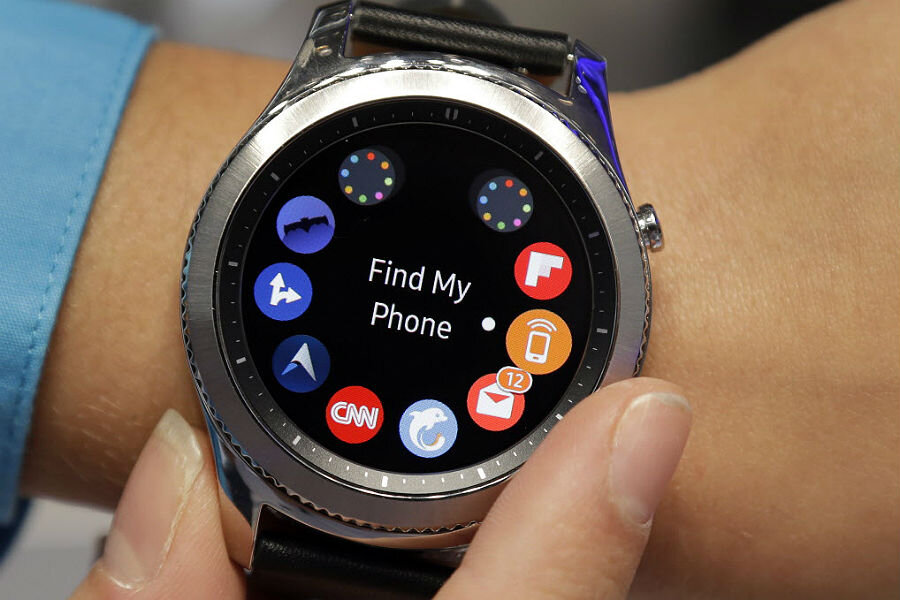Once thought to be the next big thing, sales of smartwatches plummet
Loading...
Do you wear a smartwatch? If not, you’re far from alone.
The International Data Corporation recently released its quarterly stats on wearable devices. Compared to this time last year, sales are down by 51.6 percent. Of the five largest vendors, just two managed to improve their sales.
The slumping numbers may suggest that smartwatches just aren’t catching on. In the third quarter, that issue was compounded by the absence of new models on the market, as well as the release of Apple’s new watch only late in the quarter.
Though smartwatches have been a focus of media attention, relatively few people actually own the devices. This time last year, just 3 percent of Americans owned a smartwatch or smartband. Why aren’t more Americans interested? The watches were too expensive and consumers didn’t understand why they needed them, the Kantar Worldpanel survey found.
Of course, there’s plenty you can do with a smartwatch – thousands of apps can run on the devices, with as many different functions. Users can answer emails and texts without having to pick up their phone.
But is the potential convenience worth the cost? For 41 percent of users, the answer to that question last year was "no." And since then, the technology hasn’t really advanced, leaving vendors “relying on older, aging devices to satisfy consumers,” said Ramon Llamas, research manager for IDC's Wearables team. So perhaps low sales suggest that customers are waiting to see if new technology makes the watches look like a better investment.
Meanwhile, companies that focus on more niche markets have seen significant growth. Garmin, which placed second behind Apple for overall sales in the third quarter of 2016, more than tripled its market share from a year earlier thanks to its focus on fitness.
Apple’s second-generation watch, which is now water-resistant and features user-requested improvements such as GPS, was available only in the last two weeks of the quarter. If it takes off, that success will be reflected in next quarter’s numbers – unlike last year, when the Apple Watch was released to the mass market for the first time, boosting the company’s numbers in the third quarter.
Other companies have also delayed putting their new products on the market. Google has held back its Android Wear 2.0 platform, affecting those vendors that use Android. And the Samsung Gear 3 watch, which was unveiled in Germany in September, has yet to hit the market. Samsung’s year-on-year growth was 9 percent, thanks to its full-time cellular connectivity, a rarity among the watches. The company may hope that the new watch can build upon the success of the S2.
Low sales growth hasn’t stopped other brands jumping on smartwatches as a way to boost sales and diversify their brand. Michael Kors announced a new line of luxury smartwatches in September, saying in a statement that customers will “appreciate having social connectivity and health and fitness tracking all within a great-looking accessory.”
They might be put off by the weight of the technology, however: The Verge’s Dan Seifert described the watches as “uncomfortably large and heavy.”








